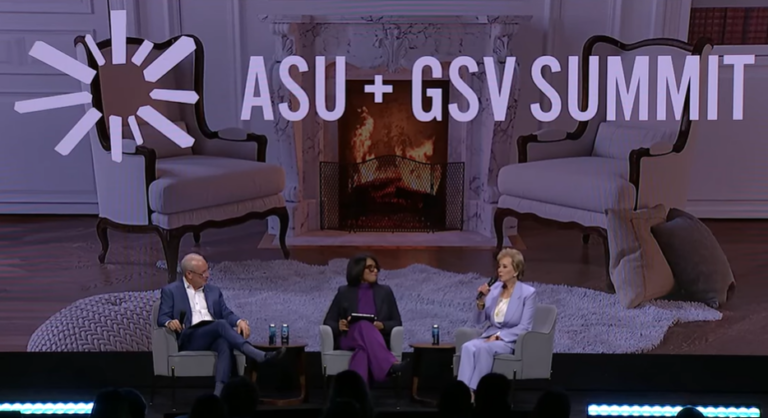On March 28, at 5 p.m., Secretary McMahon sent a letter to states explaining that “late liquidation” extensions approved by the Biden administration were being revoked. The speed and specificity of the shift—which barred states from spending remaining stimulus funds—rattled state leaders and vendors, who had relied on the previous administration’s guidance.
As my colleague, David DeSchryver, explained, the letter should not, in aggregate, have significant fiscal implications. But that’s cold comfort to state agencies scrambling to plug budget holes and providers facing big questions about state contracts.
No, this isn’t typical. But it wasn’t unexpected, either.
In her letter, the Secretary did, however, leave the door open to approving projects on a piecemeal basis. On April 3, ED (via email) issued further guidance on when and how such projects would be approved, explaining that that it will allow late liquidation if the funding in question was:
- Properly obligated by September 30, 2024.
- Necessary to mitigate the effects of COVID on American students’ education.
- Also, state officials must make a clear case for why the Department should exercise its discretion to grant the request.
This should come as welcome news to many of our readers. But it may also mark an important—and perhaps overdue—shift in how the federal government does business. Federal compliance has, after all, rarely focused much on educational outcomes. The burden of proof (at least in the contest of late liquidation) is now on state and local leaders to demonstrate how and why the funds they spend are making an impact.
Dave concluded his article with a call to action: state and local school leaders should take the letter as an “invitation to tell better stories.” Of course, only a fraction of the funds in question were headed to the private sector, but the education industry should read the Secretary’s letter as a clarion call to make the case for its work with state and local partners.
This shouldn’t feel new to edtech. Remember when New York Times opinion columnist Jessica Grose urged readers to “Get Tech Out of the Classroom Before It’s Too Late”?
At the time, we wrote that “Education businesses should be held—and hold themselves—to a higher bar. That means owning their role in outcomes. It might mean growing slower at times, or making investments in implementation that lower margins. That doesn’t mean that commercial success and educational outcomes are at odds.” The Hechinger Report’s Jill Barshay has, for example, explored the potential for outcomes-based contracts, and what it looks like when vendors are paid, at least partially, based on student achievement.
For many, this will be an uncomfortable reorientation But it’s also an important one—and it has implications well beyond edtech.
This week:
- The Department sent a letter to state education commissioners requiring them to certify their compliance with their anti-discrimination obligations in order to continue receiving federal financial assistance. The letter warns that any violation of Title VI—including the use of Diversity, Equity, & Inclusion (“DEI”) programs to advantage one’s race over another—is impermissible and may violate federal law.
- In a 5-4 ruling, the U.S. Supreme Court granted the Trump administration permission to terminate $65 million in teacher training grants as part of its efforts to curb DEI practices in schools. This decision overruled a restraining order placed by a federal judge in Boston, who blocked the administration from cancelling grants for teacher training programs in eight states, who are in the process of suing the administration for withholding funding.
In each case, we see the burden of proof shifting.
We will no doubt hear concerns and questions about changes in education policy at the 2025 ASU+GSV Summit. I hope that, as a sector, we also take a hard look at the educational returns we’re producing on public investments. Let’s ask the tough questions about efficacy and impact. Not sure what the tough questions are? Find a skeptical journalist, academic, or educator.
As Deborah and Michael put it, we won’t always “agree on all issues,” but we can “share a commitment to inclusive dialogue to create bridges and solve the enormous challenges facing children, students and workforce learners today.” To be sure, there are many. And it’s time for the education sector to show the receipts.
This article is sourced from Whiteboard Notes, our weekly newsletter of the latest education policy and industry news read by thousands of education leaders, investors, grantmakers, and entrepreneurs. Subscribe here.




